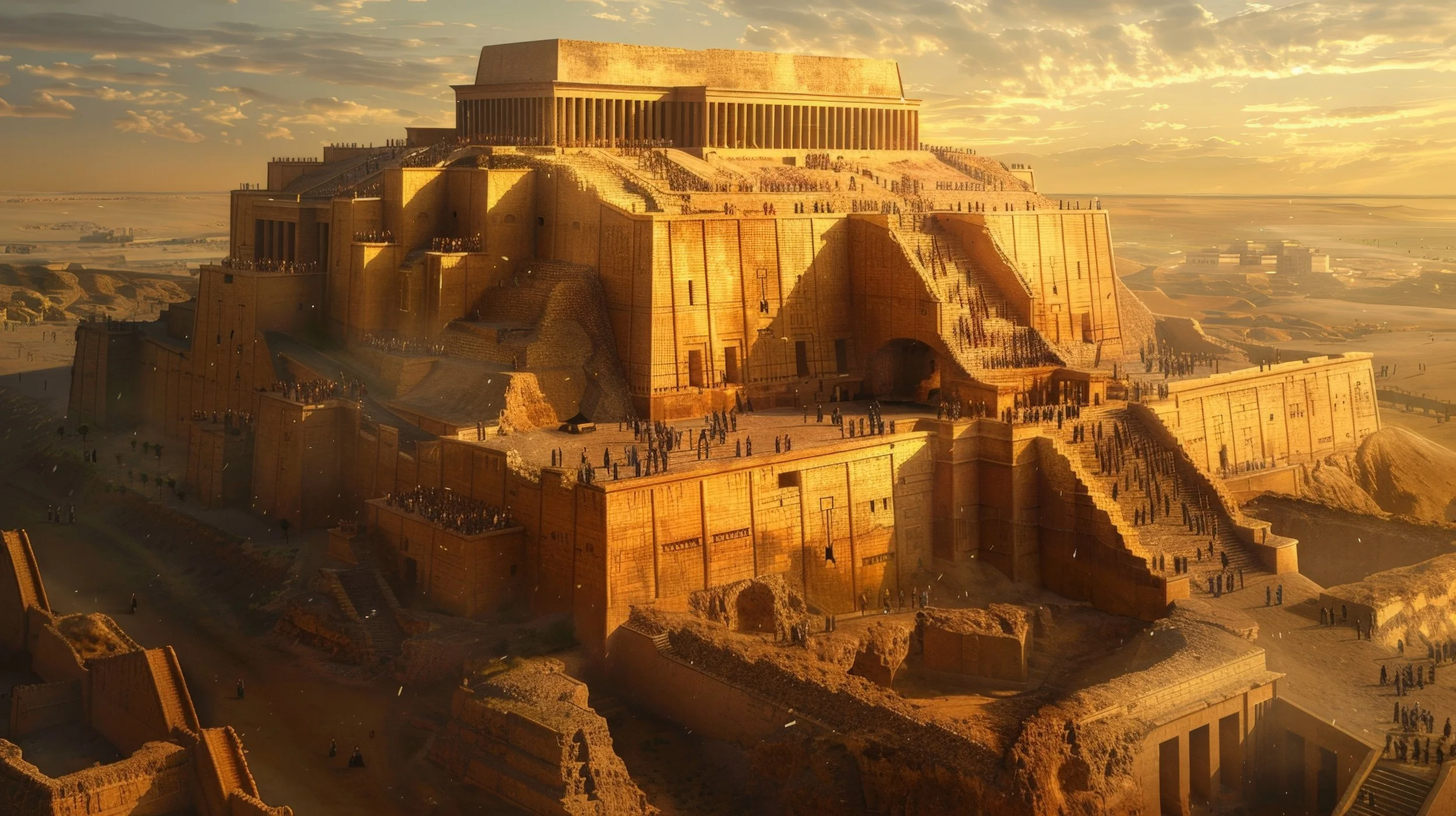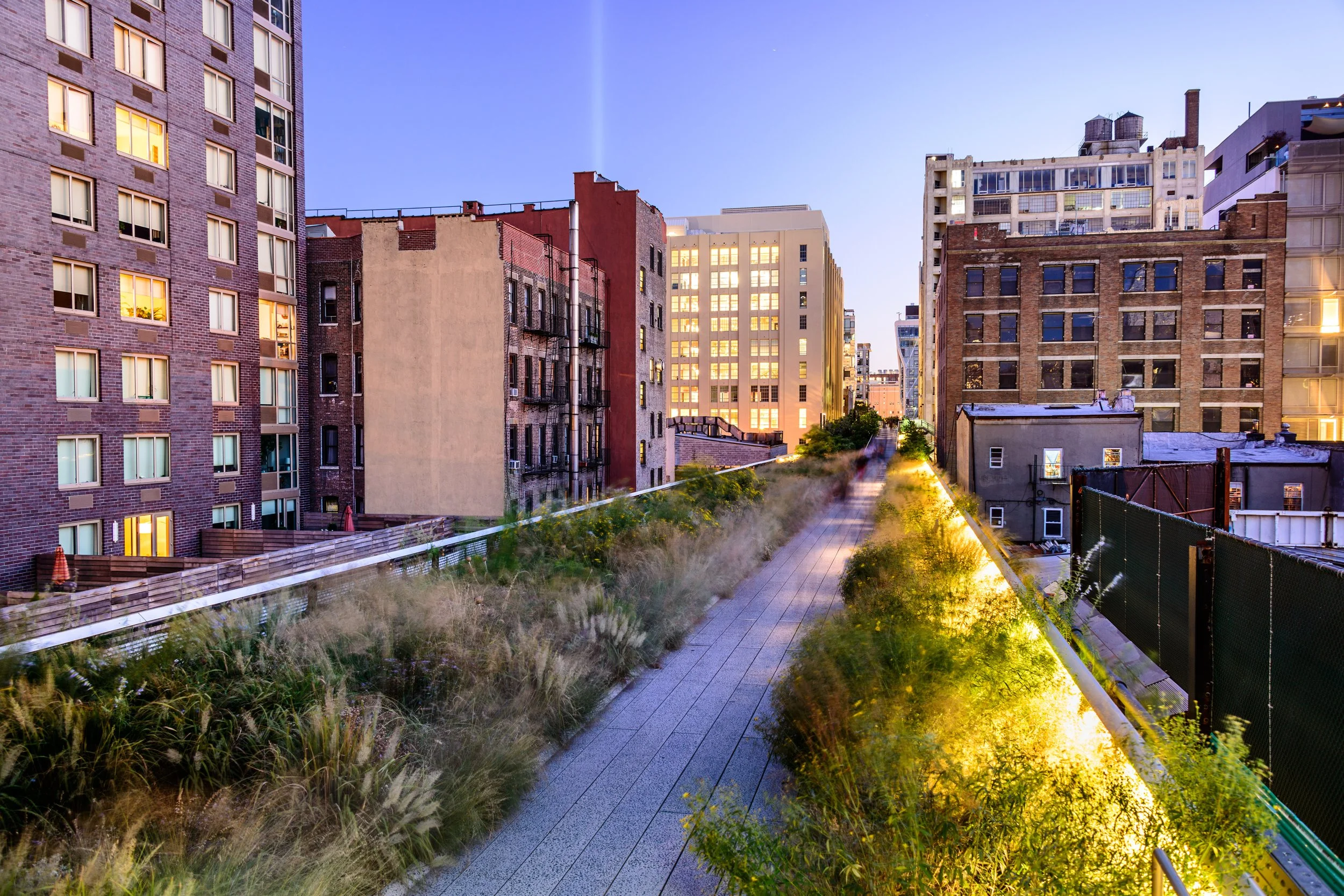Building for Our Higher-Level Needs
In many modern cities, there seems to be a lack of institutions and structures offering life guidance, emotional development, mental health, spirituality, and helping people find answers to life’s more significant questions. Historically, this was the role of religious organizations. People could go to their cathedral, church, mosque, or temple for help with these questions. These buildings provided a space and community where a set of values, beliefs, and a supportive system for individuals was available as they navigated through life.
From the earliest days of human civilizations, these structures provided psychological solace for the individual while offering physical space for the community to come together. Early Stone Age structures such as Gobekli Tepe in Turkey, Stonehenge, and the ancient structures in Mesopotamia likely began this tradition. As civilization progressed, the ancient Egyptians, Greeks, and Romans incorporated spiritual and sacred communal buildings in their cities. The Parthenon on the Acropolis in Athens, along with the early temples in Rome, such as the Pantheon, display homage to a polytheistic belief system that profoundly influenced the daily life of these cultures.
Photograph of the Pantheon in Rome. The Pantheon was first built as a temple to the Roman gods. Photography Copyright 2024 Mitchell Rocheleau
Photograph of Historic Sanctuary of Machu Picchu from areal perspective. Photograph Copyright 2019 by Mitchell Rocheleau
Temples and shrines built by the indigenous people of North and South America, such as Machu Picchu in Peru and the Olmec statues on Easter Island, displayed how central spirituality was to the communities. In the Western world, the churches, monasteries, and cathedrals of the Medieval, Gothic, and Renaissance eras arguably became even more central to communities than any civilization before. Cathedrals such as St. Peters in Rome, Notre Dame in Paris, St. Paul’s in London, and the Florence Cathedral were icons and centers of spirituality in their communities, attracting visitors and travelers worldwide. The church and the monastery were often the nuclei that catalyzed city growth outwards with the social, economic, and political lives of societies revolving around them.
Notre Dame Cathedral in Paris France. Photograph Copyright by Mitchell Rocheleau 2024
Photograph of the Interior Nave of St. Peters in Rome. Photograph copyright 2024 by Mitchell Rocheleau
These iconic works of architecture were typically large in scale, adorned with beautiful engravings, and fashioned from the best materials available. They were symbolic in communicating their belief system and promoting a specific value set for the community to develop unity. They offered a place for gathering ceremonial rituals, burials, community-building, prayer, festivities, and re-centering the individual. They inspired community members, celebrated their belief systems, and told stories of their culture.
Each culture had unique structures that gave them identity, meaning, a sense of belonging, and a sense of self. Today, we’ve found that these characteristics are essential to the vitality of human psychology. Modern psychology describes these as “higher needs.” American psychologist Abraham Maslow developed a theory that illustrated a hierarchy of needs in an individual’s life. It is represented in a pyramid form with the fundamental lower-level needs, such as food, water, and shelter, at the bottom and the higher-level needs, such as self-actualization, morality, purpose, and meaning, at the top.
Diagram of Maslow’s Hierarchy of Needs by Bite Sized Learning. Website: https://www.bitesizelearning.co.uk/resources/maslows-hierarchy-of-needs-theory
The ancient temples, megalithic sites, cathedrals, and mosques throughout history offered spaces to help develop these higher-level needs of the human spirit. Our ancient ancestors understood that our psyches needed to be nurtured for the individual to flourish thousands of years before Maslow developed his theory.
Our societies shifted away from this tradition during the scientific and industrial revolutions. The value systems within many cultures seemed to lose a degree of interest in the inner world of humans, focusing more on external values that they believed were more rational and scientific. Consequently, construction and interest in the buildings that facilitated inner human worlds waned. Instead, we began building corporate skyscrapers, industrial warehouses, and freeways. This is not to say that skyscrapers, warehouses, or highways are unimportant, as they can play a vital role in our economy. However, they seem to fall short in connecting with our higher needs. Most of these structures serve the lower level of Maslow’s hierarchy. The large structures of our modern world show that we have begun to prioritize profit, mechanization, and efficiency. Coincidentally, we have seen a significant increase in the rates of depression, loneliness, anxiety, and suicide. This may be because the values of our current society feel hollow, inconsequential, and lack meaning, leaving the individual with a sense of hopelessness, isolation, and confusion. They do not resonate with our higher needs.
Can architecture help address this phenomenon? By studying the history of architectural and cultural monuments, we can see how vital these buildings were for our ancestors. Should we examine the possibility of re-integrating this type of building into a more prominent role in our societies?
This is not necessarily the advocation for buildings representing a specific religious faith, although it could be. I believe some alternatives can offer options for those seeking guidance outside of religious practices that may be a better fit for some people. People can and should follow any path that they resonate with, so long as it does not harm other people.
The idea is to explore the reintegration of more buildings in communities that facilitate the spiritual and psychological growth of the individual and tap into their higher needs. These buildings could be unique to a particular community's culture, location, and history.
Author Alain de Botton presented a very thoughtful approach: organizations should utilize the principles of psychology, psychoanalysis, philosophy, and the latest developments in mental health to help guide people. Many great practitioners and thinkers in these fields offer ideas about developing one’s inner life, spirituality, and consciousness.
Ideas dating back to Plato, Socrates, and the stoic philosophers of Greek and Roman times, as well as psychologists such as Carl Jung and Donald Winnicott, could be considered. Several wonderful organizations are pursuing a similar path. However, many operate only in digital space. Organizations such as TED and Masterclass offer online lectures, articles, and other various forms of content. What seems to be missing is a beautifully designed building at the center of a community where people can gather to access this information. Human interaction, socialization, and relationship building will inevitably occur with a physical location. This experience differs from taking a Master Class isolated in your room on a Saturday afternoon.
By building physical structures, we will be using the ancient wisdom of our ancestors. They understood the profound impact that architecture could have on communicating beliefs, values, and states of being with people. Architecture is a much more effective communicator of higher-level needs than the written or verbal word, and I believe our ancestors understood this. If this had not been the case, our ancestors would have never invested the time and resources into building their monuments, and people would not have traveled worldwide to see them. Ritual and repetition are critical to this equation as well. Humans generally have terrible memories; we are unfocused and must constantly be reminded and refreshed. This is something that the religious institutions of the past understood deeply and implemented into their practices. There were consistent rituals or gatherings on a predictable schedule akin to a mental or spiritual maintenance program for your mind.
This practice may operate like a weekly supermarket visit. People visit their local market each week, strolling through the aisles to select different foods to satisfy their lower-level hunger and nutrition needs. Various food options are available in numerous forms, offering different nutrients, types, and flavors for various tastes and interests. Our lower-level needs are regularly satisfied and met. Why do we not similarly attend to our higher-level needs regularly?
In an organization that satisfies higher-level needs, the patron could visit a building, approach the kiosk to browse for their preferred class, or lecture on a beautifully designed user interface. A wide range of professors and experts would be available to educate students on various higher-level needs that suit their particular situation. Providing information about the lecture's content, background information on the expert, and the multiple dates/times of the lecture would further facilitate the underlying goal of focusing on higher-level needs. Guest speakers from all over the world could be brought in to discuss mental health, psychology, and guidance for developing a meaningful life. All of these resources would be available in a well-designed lecture hall with great lighting, acoustics, and natural wood finishes, with amenities of all kinds and recorded for access on their online platform.
Individuals could go to the bookstore to browse the latest literature on advancements in mental health, interpersonal relationships, or dealing with career challenges. Each section would have an array of books available addressing common topics such as spirituality, psychology, consciousness, brain functioning, and psychoanalysis. Various therapists would be available to schedule sessions within private rooms, which could be booked via the app or at the entrance kiosk. Yoga and meditation sessions would be available to book at the facility’s gym. At the same time, you wait for the evening’s guest speaker to begin their talk about the latest discovery about human consciousness. They could offer individual, group, couples, and family counseling, therapy, and psychoanalysis. They could host community gatherings to teach individuals and families how to handle challenges, communicate, understand each other, and cope with life stressors.
The building that houses this type of organization has endless opportunities for beautiful and impactful design. Lots of sunlight, natural wood finishes, and clean architectural forms give the space a sense of calm and help to facilitate a clear state of mind. Lush landscaping could surround the spacious glass entry atrium and provide a connection with nature. Glass sliding panels could open up onto outdoor terraces, allowing spaces to have a cup of coffee and fresh air inside the building. In many ways, this establishment could look like a higher education or university facility, but with more reasonable and affordable pricing, the opportunities could be made more accessible to a broader range of people. Why are facilities and operations like this not present in our current communities? We are relying on family and friends to provide this guidance. Many kids extract bits and pieces from their parents, teachers, and coaches. The amount of value this type of establishment could bring to a community is limitless. Not only would it be servicing our higher human needs, but it would also be performing a valuable social and economic role in the community.
A well-designed building for this type of use will draw community members to its physical spaces, outdoor gardens, and surrounding spaces. The establishment's architecture can enrich the patron’s life in a way similar to the products and services offered. This should be one comprehensive, well-designed experience. If designed and built well, people will be intuitively attracted to the building. The potential to foster our values and to address our deepest human needs will undoubtedly resonate with people.

















Influenced by travel in European cities, life in North American cities, and authors such as Jane Jacobs, and Danish architect, Jan Gehl, Principal and Architect of ROST Architects, Mitchell Rocheleau, discusses what he believes are characteristics of captivating cities.